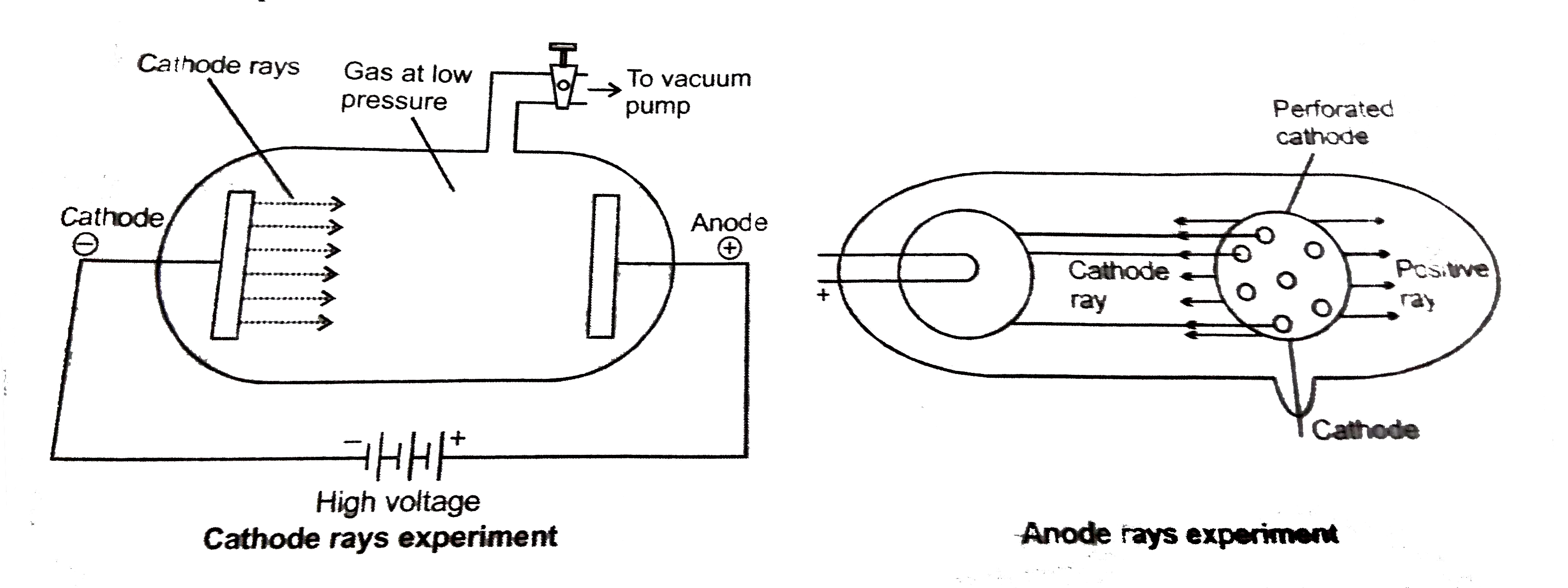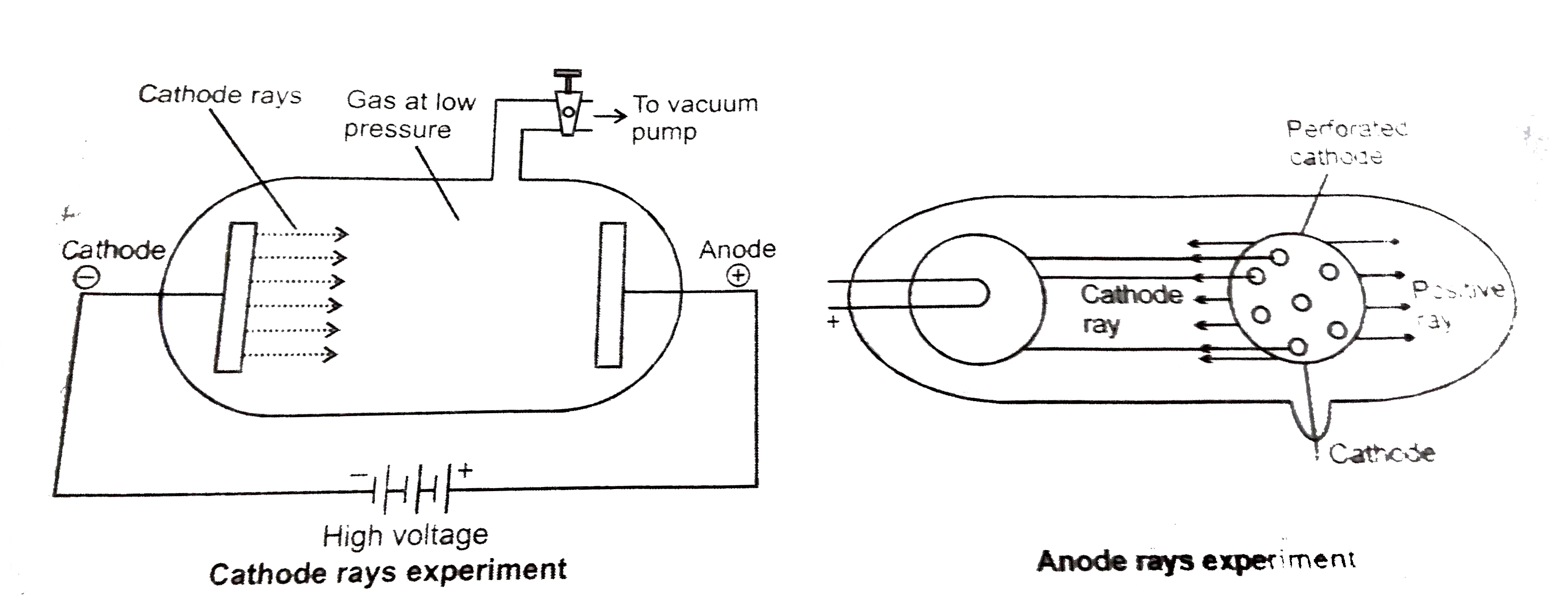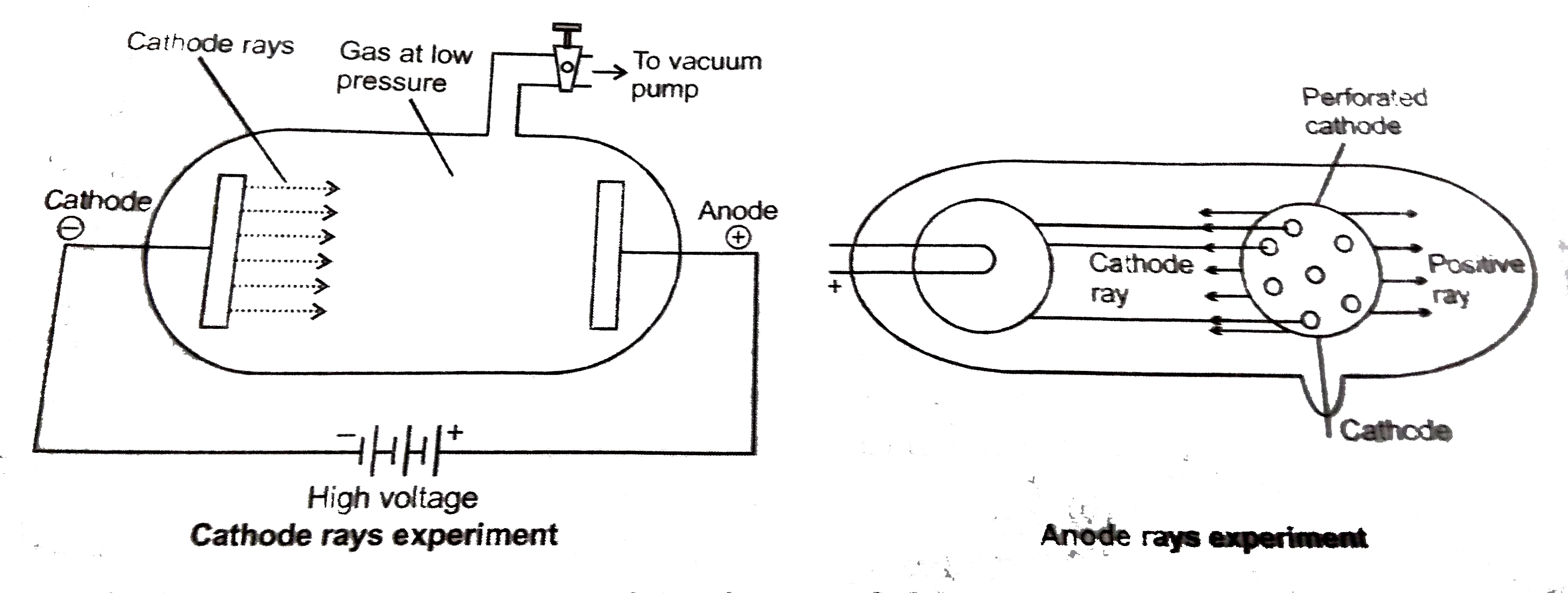Four moles of electrons were transferred from anode to cathode in an experiment on electrolysis of water. The total volume of the tow gases (dry and at STP) produced will be approximately (in litres)
22.4
44.8
67.2
89.4
The correct Answer is:C
H2O→H2+12O2+2e−
2H2O→2H2+O2+4e−
gases [H2+O2]=2×22.4+22.4=67.2
Topper's Solved these Questions
- ELECTROCHEMISTRYBook:ALLENChapter:ELECTROCHEMISTRYExercise:EXERCISE-03
Explore 24 Videos
- ELECTROCHEMISTRYBook:ALLENChapter:ELECTROCHEMISTRYExercise:EXERCISE-04 [A]
Explore 56 Videos
- ELECTROCHEMISTRYBook:ALLENChapter:ELECTROCHEMISTRYExercise:Part (II) EXERCISE-01
Explore 44 Videos
- CHEMISTRY AT A GLANCEBook:ALLENChapter:CHEMISTRY AT A GLANCEExercise:ORGANIC CHEMISTRY
Explore 483 Videos
- HYDROCARBONBook:ALLENChapter:HYDROCARBONExercise:MCQ
Explore 15 Videos
Similar Questions
Hydrogen and oxygen gases are produced at the cathode and anode respectively in the electrolysis of acidulated water. What is the ratio of the volumes of hydrogen and oxygen gases ?
View SolutionIn an experiment, the following four gases were produced. 11.2L of which two gases at STP will weigh 14g?
View Solution
Knowledge Check
Four moles of electrons were transferred from anode to cathode in an experiment of electrolysis of water. The volumes of gases (at STP) produced will be approximately (in litres).
A.^^_(H_(2))=22.4BVH2=44.8CVO2=22.4DVO2=44.8During the electrolysis of water 4 mol of electrons were transferred from anode to cathode. The total volume of gases produced at STP will be approximately
A67.2LB22.4LC44.8LD89.4LThe total volume of dry gaseous products at STP, when 3 moles of electrons are transferred from anode to cathode in the electrolysis of water is :
( Volume of gas a STP =22.4L )A67.2LB50.4LC44.8LD56.0L
The existence of negatively charged particle in an atom was shown by J.J. Thomson as a result of the studies of the passage of electricity through gases at extremely low pressure known as discharge tube experiments. When a high voltage of the order of 10,000 volts or more was impressed across the electrodes, some sort of invisible rays moved from the negative electrode to the positive electrode these rays are called as cathode rays.

Cathode rays travel in straight path in absence of electrical and magnetic field . Cathode rays consist of material part and charged particles? Cathode rays produce X-rays and light is emitted when they strike on ZnS screen. Cathode rays penetrate through thin sheets of aluminium and other metals . They affect the photogenic plate and passes heating effect when they strike on metal foil. The raito of charge to mass i.e charge/mass is same for all the cathode rays irrespective of the gas used in the tube.
The existence of positively charged particle in an atom was shown be E. Goldstein. He repeated the same discharge tube experiments by using a perforated cathode. It was observed that when a high potential difference was applied between the electrodes, not only cathode rays were produced but also a new type of rays were produced simultaneoulsy from anode moving towards cathode and passes through the holes or canal of the cathode. These termed as canal rays or anode rays.
These rays travel in straight lines and consists of positively charged particles. These rays have kinetic energy and produces heating effect also. The e/m ratio of these rays is smaller than that of electrons. Unlike cathode rays, their e/m value is dependent upon the nature of the gas taken in the tube. These rays produced flashes of light on ZnS screen and can pass throughs thin metal foils. They can produce physical and chemical changes and are capable to produce ionisation in gases.
For cathode rays the value of e/m:
View SolutionThe existence of negatively charged particle in an atom was shown by J.J. Thomson as a result of the studies of the passage of electricity through gases at extremely low pressure known as discharge tube experiments. When a high voltage of the order of 10,000 volts or more was impressed across the electrodes, some sort of invisible rays moved from the negative electrode to the positive electrode these rays are called as cathode rays.

Cathode rays travel in straight path in absence of electrical and magnetic field . Cathode rays consist of material part and charged particles? Cathode rays produce X-rays and light is emitted when they strike on ZnS screen. Cathode rays penetrate through thin sheets of aluminium and other metals . They affect the photogenic plate and passes heating effect when they strike on metal foil. The raito of charge to mass i.e charge/mass is same for all the cathode rays irrespective of the gas used in the tube.
The existence of positively charged particle in an atom was shown be E. Goldstein. He repeated the same discharge tube experiments by using a perforated cathode. It was observed that when a high potential difference was applied between the electrodes, not only cathode rays were produced but also a new type of rays were produced simultaneoulsy from anode moving towards cathode and passes through the holes or canal of the cathode. These termed as canal rays or anode rays.
These rays travel in straight lines and consists of positively charged particles. These rays have kinetic energy and produces heating effect also. The e/m ratio of these rays is smaller than that of electrons. Unlike cathode rays, their e/m value is dependent upon the nature of the gas taken in the tube. These rays produced flashes of light on ZnS screen and can pass throughs thin metal foils. They can produce physical and chemical changes and are capable to produce ionisation in gases.
Which is not true with respect to cathode rays?
View SolutionThe existence of negatively charged particle in an atom was shown by J.J. Thomson as a result of the studies of the passage of electricity through gases at extremely low pressure known as discharge tube experiments. When a high voltage of the order of 10,000 volts or more was impressed across the electrodes, some sort of invisible rays moved from the negative electrode to the positive electrode these rays are called as cathode rays.

Cathode rays travel in straight path in absence of electrical and magnetic field . Cathode rays consist of material part and charged particles? Cathode rays produce X-rays and light is emitted when they strike on ZnS screen. Cathode rays penetrate through thin sheets of aluminium and other metals . They affect the photogenic plate and passes heating effect when they strike on metal foil. The raito of charge to mass i.e charge/mass is same for all the cathode rays irrespective of the gas used in the tube.
The existence of positively charged particle in an atom was shown be E. Goldstein. He repeated the same discharge tube experiments by using a perforated cathode. It was observed that when a high potential difference was applied between the electrodes, not only cathode rays were produced but also a new type of rays were produced simultaneoulsy from anode moving towards cathode and passes through the holes or canal of the cathode. These termed as canal rays or anode rays.
These rays travel in straight lines and consists of positively charged particles. These rays have kinetic energy and produces heating effect also. The e/m ratio of these rays is smaller than that of electrons. Unlike cathode rays, their e/m value is dependent upon the nature of the gas taken in the tube. These rays produced flashes of light on ZnS screen and can pass throughs thin metal foils. They can produce physical and chemical changes and are capable to produce ionisation in gases.
Select the incorrect statement.
View SolutionCost of electricity for the production of X litre H2 at STP at cathode is Rs. X, then cost of electricity for the production of X litre O2 gas at STP at anode will be :(assume 1 "mole" of electrons as one unit of electricity)
View SolutionElectrolysis is a phenomenon where a reaction is carried out by passing electricity through the molten electrolyte or the electrolytic solution in water. In electrolysis, electrolyte first decomposes into anions and cations and thereafter anions undergo oxidation at anode and cations undergo reduction at cathode. for example.
XY (molten ) ⇔Xn++Yn−
Oxidation at anode : Yn−−ne−→Y
Reduction at cathode Xn++ne−→X
In order to predict the electrolytic products accurately an array of substances is arranged in decreasing order tendency of oxidation of the substances or increasing order of standard reducton potential in electrochemical series. the standard electrode potentials of some species (elements,or ions) is given as under.
Cl2(g)+2e−→2Cl−,E∘=1.360V
Na++e−→Na,E∘=−2.71V
2H2O+e−→H2(g)+2OH−,E∘=−0.83V
2H++2e−→H2,E∘=OV
When aqueous solution of 100mL of 1M NaCl is electrolysed using Pt electrodes then answer the following question.
What will b e the total volume of the gases obtained at STP when 0.1F charge is passed
View Solution